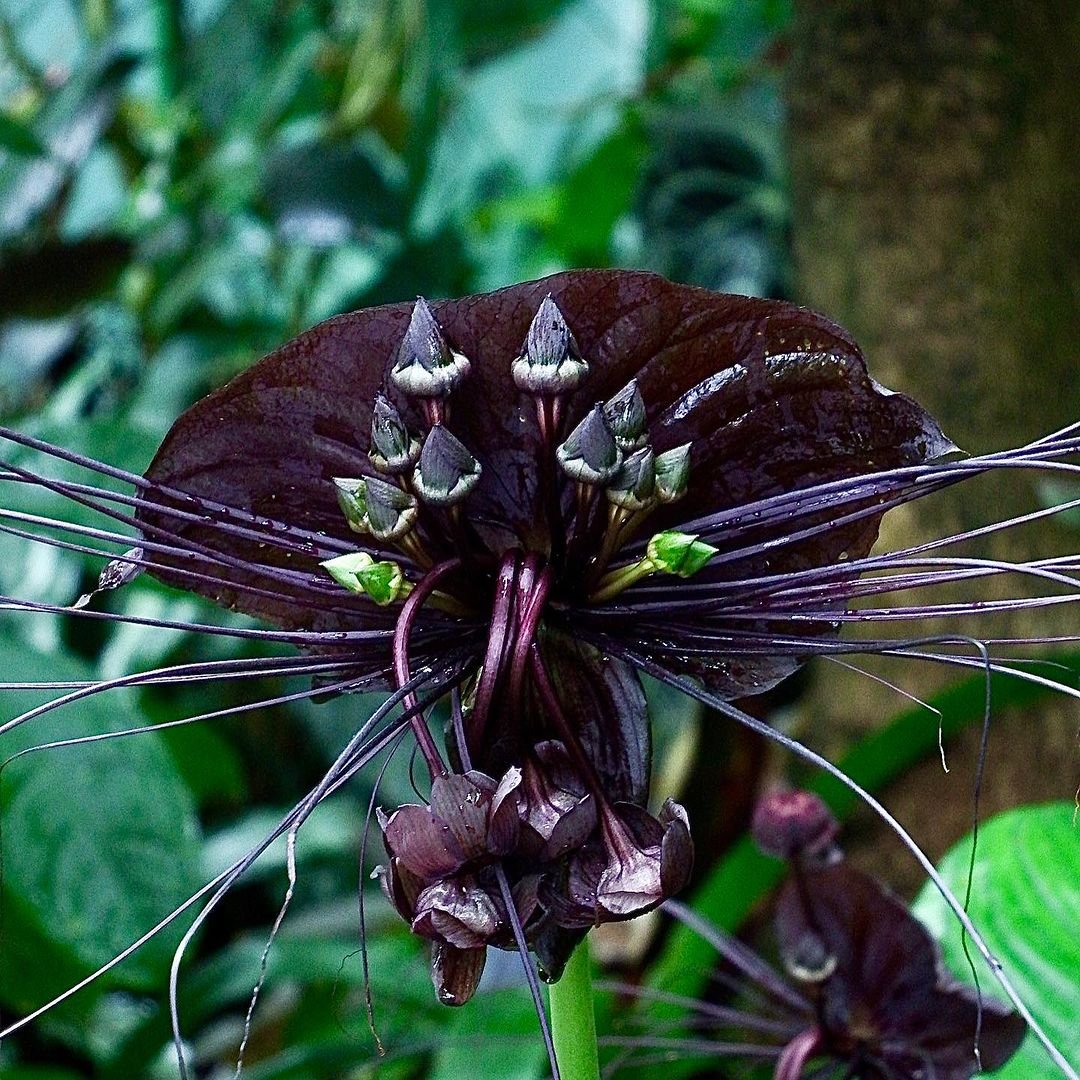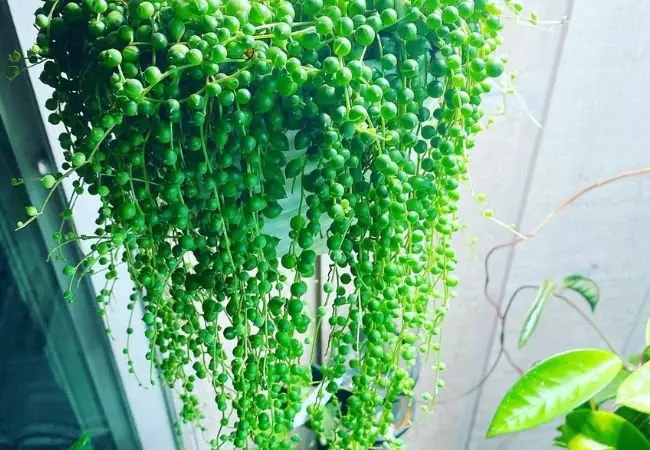Learn about the rare and fascinating Bat Flower, its unique features, growing tips and why it’s capturing gardeners’ attention worldwide.
Have you ever seen a flower that looks like a bat? If not, let me tell you about the Bat Flower. It’s a strange and beautiful plant that catches everyone’s eye. This unusual flower grows in warm, wet places and has a very special look.
Here’s a detailed chart for Bat Flower (Tacca):
| Category | Details |
|---|---|
| Botanical Name | Tacca |
| Common Name | Bat Flower |
| Plant Zone | 10-11 (often grown as an indoor plant in cooler climates) |
| Sun Exposure | Indirect light to partial shade |
| Soil Type | Well-drained, rich potting mix |
| Watering | Moderate; keep soil consistently moist |
| Growth Habit | Tropical perennial |
| Height/Spread | 1-3 feet tall / 1-2 feet wide |
| Special Features | Unique bat-shaped flowers, large dramatic foliage, attracts attention |
What Makes the Bat Flower Special?

The Bat Flower gets its name from its shape. It has large, dark purple or black flowers that spread out like bat wings. These flowers can grow up to 12 inches wide! But that’s not all. The plant also has long, whisker-like parts that hang down, sometimes up to 28 inches long. These features make the Bat Flower stand out from other plants.
Where Does It Come From?
This unique plant comes from Southeast Asia. It grows naturally in countries like Thailand, Malaysia, and southern China. In these places, you can find it growing in shady, damp forests. To learn more about the plant diversity in these regions, check out the U.S. Forest Service’s information on tropical forest ecosystems.
Growing Your Own Bat Flower
If you want to grow a Bat Flower at home, here’s what you need to know:
- Light: It likes shade or partial shade. Too much sun can harm it.
- Soil: Use soil that drains well but holds some moisture.
- Water: Keep the soil damp, but not too wet.
- Temperature: It likes warm weather, between 60-80°F (15-27°C).
- Humidity: High humidity is best, like in its natural home.
Growing this plant can be tricky, but it’s worth it when you see those amazing flowers! For more tips on growing tropical plants, visit the University of Florida’s Gardening Solutions page.
The Bat Flower in Science
Scientists are very interested in the Bat Flower. They study how it grows and why it looks so different from other flowers. Some researchers think its unusual shape might help it attract certain insects for pollination. The Smithsonian’s National Museum of Natural History has extensive research on plant biodiversity, including unique species like the Bat Flower.
Bat Flower Varieties
Did you know there are different types of Bat Flowers? Here are a few:
- Black Bat Flower: The most common type, with dark purple or black flowers.
- White Bat Flower: A rare variety with white flowers.
- Giant Bat Flower: An extra large type that can grow very tall.
Each type has its own special look, but they all share that unique bat-like shape.
Why People Love Bat Flowers
Gardeners and plant lovers are always looking for something new and exciting. The Bat Flower fits the bill perfectly. It’s not just a plant; it’s a conversation starter. When people see it, they often can’t believe it’s real!
Taking Care of Your Bat Flower
If you decide to grow a Bat Flower, here are some tips to keep it healthy:
- Don’t overwater it. The roots can rot if the soil is too wet.
- Feed it with a balanced fertilizer during the growing season.
- Watch out for pests like spider mites and mealybugs.
- If you live in a cold place, grow it indoors where it’s warm.
For more information on plant care and pest management, check out the USDA’s National Institute of Food and Agriculture resources.
Wrapping Up
The Bat Flower is truly one of nature’s wonders. Its strange beauty and rare appearance make it a favorite among plant enthusiasts. Whether you’re a seasoned gardener or just someone who likes unusual things, the Bat Flower is sure to amaze you. Next time you’re looking for something different for your garden or home, why not give this mysterious flower a try?
For more gardening tips and plant care guides, visit usagardenhub.com.





